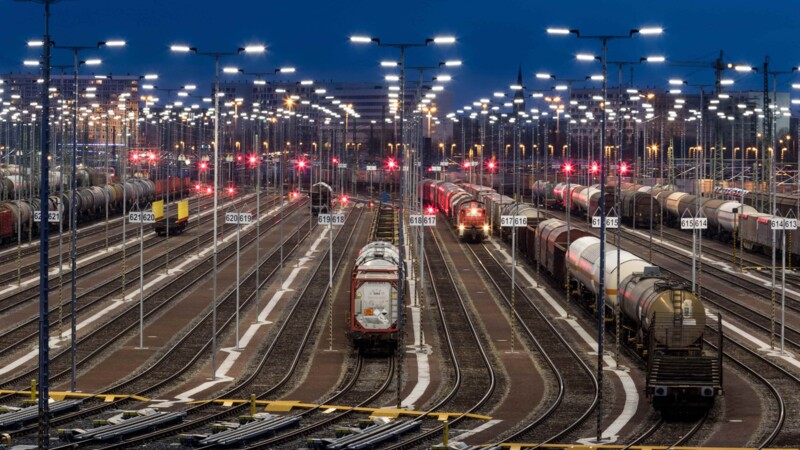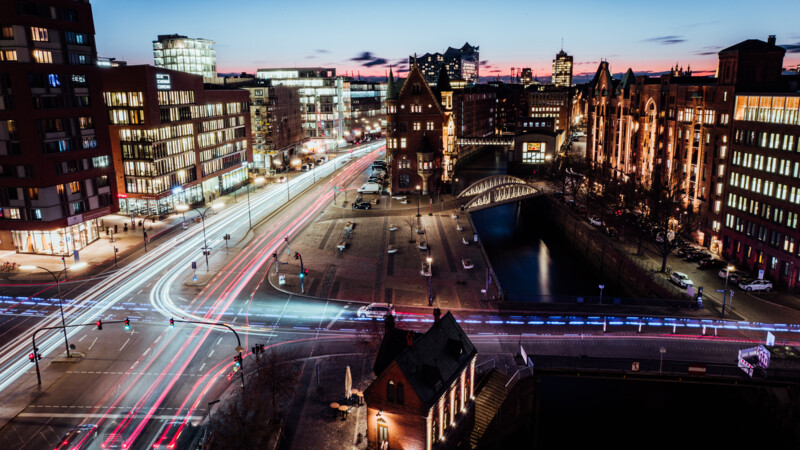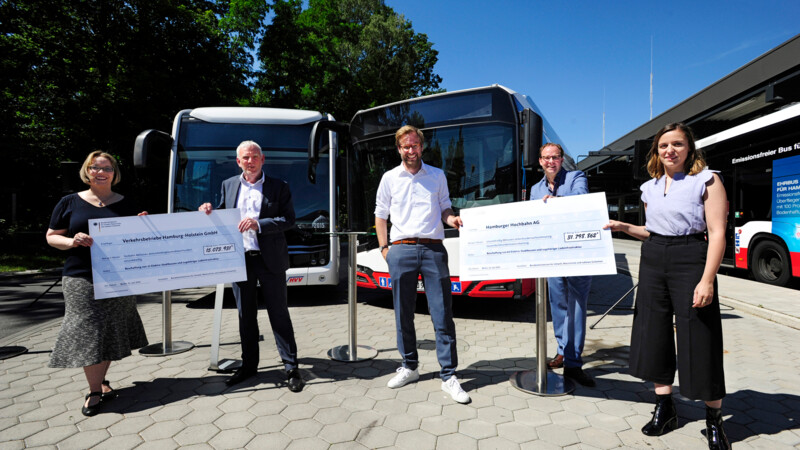Sailing on land is nothing new. The Chinese allegedly travelled on large wind wagons with up to 30 men as early as 500 AD. The wheel had long since been invented and wind was in abundance. Evidence of 19th century wind vehicles has been found in the United States as well. The same applies to north France, Germany’s North Sea coast, the Netherlands and Belgium. Wind vehicles have crossed entire deserts and set world records of more than 200 kilometres an hour.
Wind power holds all kinds of exciting opportunities from generating electricity, transporting freight on the high seas, soaring to record altitudes on a glider to windsurfing over the water at speeds of 100 km/h. Another breathtaking option involves wind-powered racing cars or headwind vehicles - basically moving wind turbines. One of the most successful teams hails from Stuttgart, the birthplace of the automobile. But rival racing teams can be found in Kiel and Flensburg as well.
Wind vehicles
Against the wind
Headwind vehicles drive against the wind and reach speeds higher than the wind. Some have four wheels, others have two, and are essentially wind-power plants with a rotor to capture the wind and convert it into propulsion energy. These wind-friendly, lightweight vehicles cause minimum friction to reap maximum power from the wind.
However, being faster than the wind is a tall order. Asked how to achieve this feat, Julian Fial, Research Assistant at the University of Stuttgart’s Institute of Aircraft Construction, said: "The sum of all losses - starting with the gearbox, the wheels and the rotor blades - must be less than the propulsive power gained from the wind." Fial, who also supervises the InVentus headwind racing team, first became a fan in 2007, when two students built a headwind vehicle as part of their theses. The car consisted of a carbon fibre chassis and a rotor that drove the wheels. The Ventomobil had to be lightweight from the start and the duo eventually entered the annual Aeolus Race, which has been held on an asphalted dike in the Netherlands since 2008. Teams from all corners of the globe compete with their self-built racing cars every year.
Racing Aeolus
"The idea behind Racing Aeolus is to design and build cars i.e. wind powered vehicles that generate energy while driving against the wind and competing with teams from all over the world. It is a real challenge for the student teams. It requires steadfastness, co-operation, perseverance and fearlessness," said Hans Verhoef, Chairman of Racing Aeolus. "For years, the city of Den Helder in the Netherlands has been home to one of the world's four biggest sustainability races. It is held in a unique spot on a dyke overlooking the North Sea. Innovation and camaraderie come together and all this makes the ‘Aeolus Race’ in Den Helder such a special event," he added.
Stormy record
For a long time, the idea of breaking record wind speeds was purely theoretical. A Danish racing team called DTU proved faster than the wind in 2016 by reaching 101.76 per cent of the wind speed with their vehicle. A year later, a Canadian team called Chinook ETS achieved 102.45 per cent of the wind speed relegating the Danes to second place. The race has gone full speed ahead ever since and the Stuttgart-based team is among the many vying for the trophy.
The faster the vehicle moves into the wind, the higher the wind speed. This is the sum of the actual wind force and the airflow aboard the vehicle. Both add up. Thanks to this formula, the racing cars can drive faster than the wind and the faster they drive into the wind, the stronger the apparent wind becomes. But racing is not just about speed. The top speed is always determined in relation to the prevailing wind and the rating also takes account of other aspects such as innovative strength.
Teams from Kiel and Flensburg
Teams from northern Germany also count among the competitors. The Baltic-Thunder (BTT) from Kiel takes full advantage of the regulations with its unique design featuring two rotors on the front of the car. It measures four square metres on a width of two metres and three and a half meters in height. The mast with rotors is positioned towards the wind and the rotor blades can be adjusted to the prevailing wind conditions. The BTT has two separate, automatically switchable drive trains so that the clutches accelerate without loss of tractive power and run at twice the speed. Although the coronavirus pandemic prompted the cancellation of the 2020 race, teams all over the globe live in hope of setting record speeds again next year.
A guest article by Daniel Hautmann, freelance scientific journalist and author.
Sources and further information
Book:

Mankind has used wind power for thousands of years. Wind power is now more important than ever amid ongoing climate change and the conversion of energy to renewable energy sources. Daniel Hauptmann’s book shows other possibilities of harnessing wind power, when the power of inventors and investors are added on a large scale. The author goes far beyond the usual perspective of wind power for generating electricity and gives other fascinating examples - from cargo ships and wind-powered racing cars to floating wind turbines. The author highlights the technical facts and the environmental impact of each example. Daniel Hautmann: Windkraft neu gedacht. Erstaunliche Beispiele für die Nutzung einer unerschöpflichen Ressource, Hanser Verlag, Munich 2020, 229 pages, hardcover edition EUR 39.99, EUR 31.99.
Author:
Daniel Hautmann, 45, has been writing about technology, energy and the environment for around 20 years. He is a trained industrial mechanic, editor of trade journals and specializes in regenerative energies, especially wind power. He has competed with a world champion windsurfer and flew headfirst in a glider with the European aerobatics champion. His texts have been published in Brand Eins, Technology Review and the Süddeutsche Zeitung, among others. He occasionally presents radio shows, produces podcasts and writes books. www.danielhautmann.de.
More
Similar articles

Pilot project to test automatic coupling in freight trains

Coronavirus crisis to boost the private car?

Artificial intelligence - catalyst of positive future
